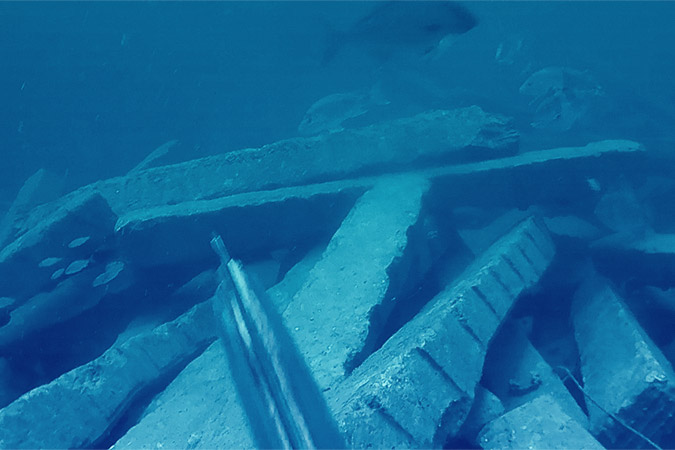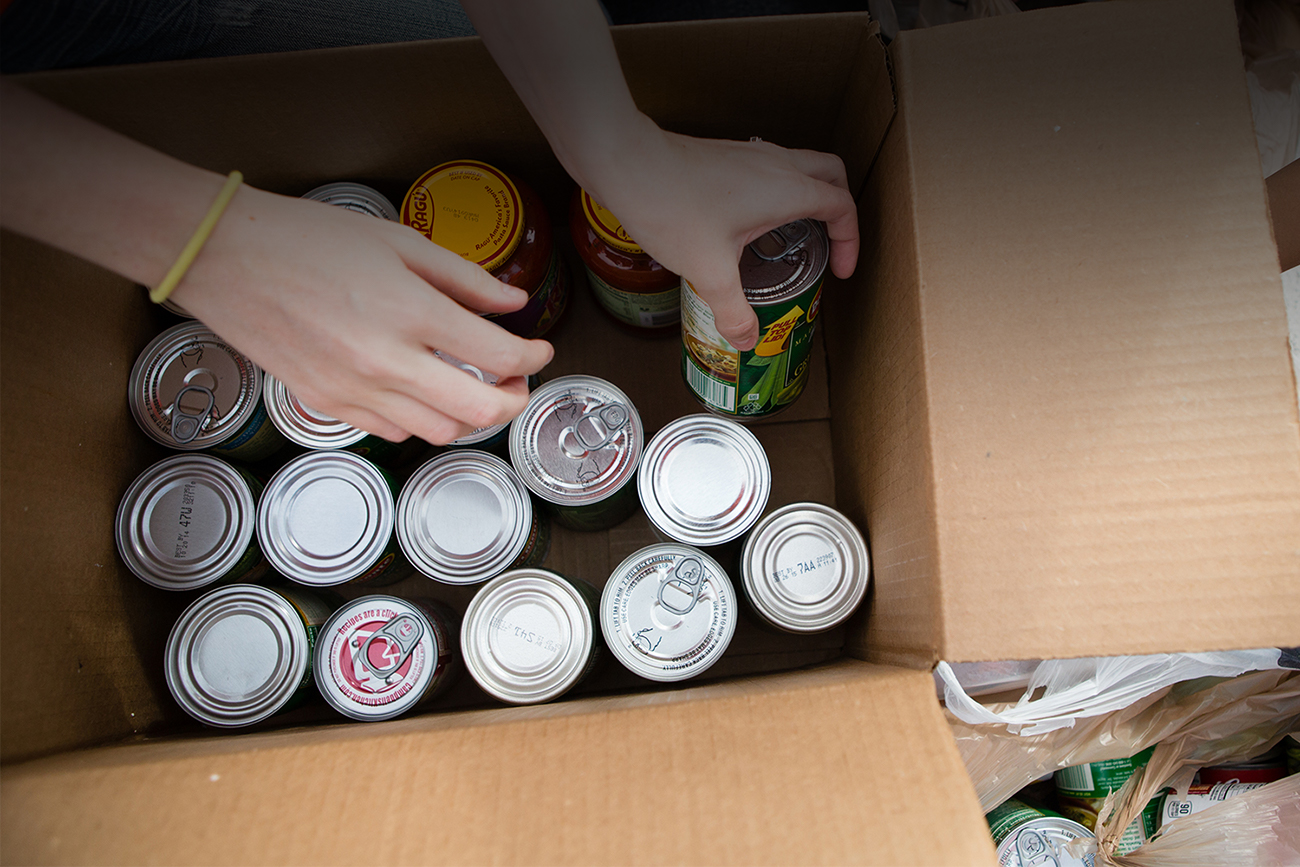BNSF dives in to help build an artificial reef

We’ve long been committed to serving the needs of the communities where we operate, and now we’ve helped one under the sea.
Fish and other marine life require reefs for sustainability. Unfortunately, reefs can be damaged by destructive fishing practices, dredging and pollution. It can take years for a natural coral reef to form, but artificial reefs can be built by sinking large objects that act as the foundation for plants and animals to build on. Those large objects could be ships, construction debris, or even concrete railroad ties.
That’s right, railroad ties can be made of concrete as well as wood. Unlike wood ties, concrete ones don’t deteriorate due to weather. Although they have a long life span, concrete ties have to be replaced eventually.

BNSF is constantly looking to develop more sustainable solutions for our operations. For example, an internal team at BNSF, known as the Tie Recovery Working Group, meets regularly to brainstorm options for managing ties. The group is comprised of diverse members and perspectives from our Marketing, Sourcing, Environmental and Engineering departments.
As a result of the group’s efforts, now more than 60,000 used concrete ties from BNSF are providing a home for marine life in the Gulf of Mexico. The donated ties support the non-profit Friends of RGV (Rio Grande Valley) Reef and Texas Parks and Wildlife’s efforts to build an extensive reef seven miles off the coast of South Padre Island, where decades of trawl fishing resulted in reef loss.
One of the group’s members, Dennis Mirabal, manager, Roadway Planning, has helped ensure a steady supply of ties were delivered for the project. “I wanted to do what I could to help support this effort. I read an article in the Texas Parks and Wildlife magazine about a ‘Rigs to Reefs’ program where they used old oil rigs, scuttle ships and cinder blocks to build artificial reefs,” said Mirabal, who works in Engineering, which builds and maintains our tracks.

“The Friends of RGV Reef expected the reef revitalization project would take almost a decade and more than $20 million to complete,” said Mirabal. “With material donations from companies like ours, they’ve been able to complete the first phase of the project for only a fraction of the cost and within just a couple years.”
A portion of the first phase of the Gulf project is supported by the ties that BNSF donated -- approximately one square mile, just over 32 feet tall and more than 3,700 tons. The water’s current wedges nutrients from the ocean floor into the ties’ crevices, which help plankton thrive. This creates a complete food web for marine life.

“This concrete tie reef is better than any other used material because the ties lay across each other, creating a very complex environment for marine life,” said Gary Glick, President of Friends of RGV Reef. More than a quarter-million fish, primarily red snapper, will make the BNSF Reef home.
Did You Know?
The 1,650-acre Rio Grande Valley (RGV) Reef is the biggest and most complex artificial reef off the Texas Coast. It’s designed to support both commercial and recreational fishing. It’s significant for the variety of materials and sizes used – from cinder blocks to railroad ties to ships. Read more on the Friends of RGV website here.


